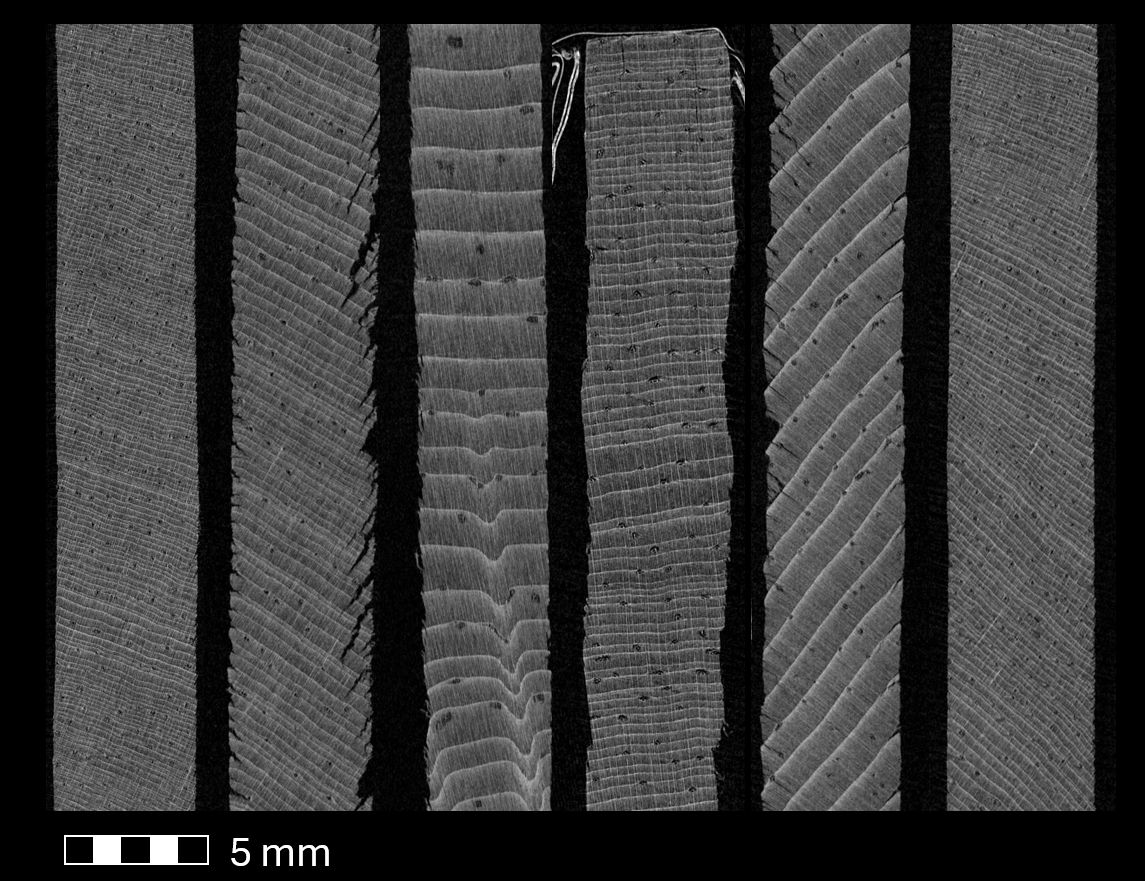
Vladimir Matskovsky
Climate change will have a destabilizing impact on society in the coming decades and therefore reliable climate change predictions are of utmost importance. Reconstructions of climate, that extend instrumental records to pre-industrial times, are key for the development of reliable climate models. Climate reconstructions using ancient tree rings as a climate proxy can address this issue. We will create a temperature reconstruction extending more than 5000 years back in time from the oldest temperature-sensitive trees in the world (bristlecone pine, Pinus longaeva). We will use high-resolution X-ray CT scanning (XμCT) to retrieve the maximum latewood density (MXD), an excellent proxy for summer temperature, from these ancient tree rings. We will use this record to explore past climatic changes and their potential forcing mechanisms. In particular, we will investigate decadal to centennial climate change periods (Medieval Climate Anomaly, Little Ice Age), as well as the impact of abrupt climate change events due to volcanic forcing over a long time period. A state-of-the-art XμCT workflow will produce a new, multi-millennial reconstruction to inform future climate projections, provide context for current climate change, and to better understand climatic forcing of both gradual and abrupt climate changes.
For now, we have performed computed tomography on hundreds of wooden cores. We already have maximum latewood density measurements for the instrumental period and for a few centuries beyond. We are now sure that they carry valuable information about warm season temperatures. We also developed May-September temperature reconstruction for American Southwest since 1625 and showed that it is capable of reproducing high- and low-frequency climatic variations. These proof-of-concept results were published in Geophysical Research Letters (DOI coming soon)
